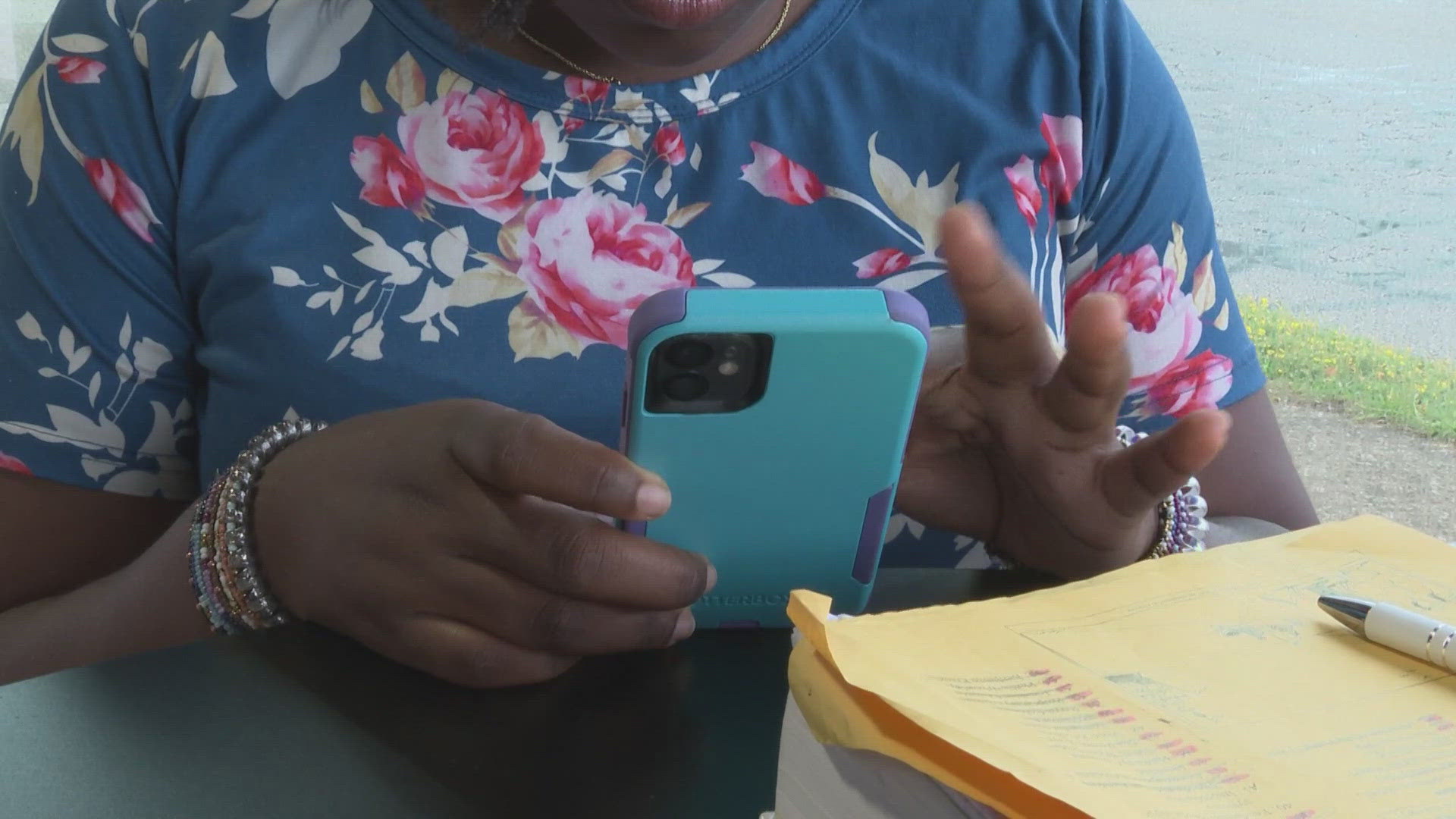SHAKER HEIGHTS, Ohio — As school bells begin to ring across Ohio, the clock is ticking on cell phones in public schools. This is the last academic year districts can go without an official cell phone policy, thanks the HB 250.
The legislation, signed by Governor Mike DeWine in May, requires public districts to implement protocols limiting student cell phone use in schools by July 2025.
JOINING THE CELL FREE MOVEMENT
The Shaker Heights City School District is joining districts like Cleveland, rolling out their revamped plan a year before the deadline.
“We want to make sure that students are able to focus on their learning and teaching throughout the day and to try to minimize, reduce or eliminate distractions that could get in the way of that,” says Shaker Heights Schools Superintendent Dr. David Glasner.
Starting this academic year, the district will assign 6th to 12th grade students a lockable Yondr pouch.
Students must power off cell phones and personal electronic devices, including smart watches and Bluetooth headphones, and store them in their locked Yondr pouch during the school day.
“It isn't just about cell phones,” Glasner adds. “There are other smart devices that keep kids plugged in and connected throughout the school day and that can distract from student learning.”
Pouches will remain in the student’s possession with the school providing unlocking devices at dismissal.
There are also restrictions for younger students. Instead of the Yondr pouches, Pre-K to fifth graders will store their powered down cell phones and wearable devices in their backpacks.
“I don’t like it,” says Zoie Durham, an incoming sophomore at Shaker Heights High School. “They’re punishing everyone because only a few people can’t control themselves … it’s constantly the same kids you see in the hallway on their phones.”
CELL PHONE SURVEY RESULTS
The district conducted four surveys in March concerning cell phones. The results showed 60 percent of students, 85 percent of families, 92 percent of certified staff (teachers, counselors, administrators) and 51 percent of classified staff (bus drivers, secretaries, paraprofessionals) believed “Shaker Heights Schools should create policies and enforce greater restriction of student cell phone use during the school day.”
More than 3,000 people responded to those surveys.
At a community forum on cell phones last spring, Chamaine Keith, a counselor at Shaker Heights Middle School, shared how students having access to cell phones during the day was detrimental to the learning process.
“We had kids that were so addicted to their phones rushing through the state test in hope of getting their phones back at the end.” Keith shared. “They didn’t care about the scores or anything.”
According to Yondr, 83 percent of schools who use their pouches saw an improvement in student engagement in the classroom, 74 percent had improved behavior, and 65 percent enhanced academic performance.
PREPARING FOR THE CELL FREE SCHOOL ERA
“I'm excited about it,” says Zoie’s mom Jakecia Durham.
The mother of three is already preparing Zoie and her younger two middle school children for the cell free school era. Durham only allows Zoie to have a cell phone. The other two children must wait until they enter high school to get a cell phone.
“Having this time away and setting the habit for our kids to not be dependent on their devices is something that would benefit them in the long run,” Durham says. “I’m hoping that people will embrace the behavior of moving away from dependency on the technology.”
The test for the Durhams and the Shaker Heights school community begins August 21 when barren halls fill with students disconnected from their personal devices.
“Maybe people will get used to it, but to start off with … they’re not going to be very compliant,” Zoie Durham tells 3News.
Acknowledging that students in school districts who use Yondr bags have learned how to unlock them or circumvent the process, Glasner says the district’s “Away for the Day” approach is proactive over punitive.
“We have emphasized that this is not meant to be disciplinary, certainly not at the outset. It's really a focus on student wellbeing and the ability to create positive learning environments,” Glasner explains. “In talking with other schools and school districts about these types of policies … one of the things I’ve heard is that the student or students who break the rules … it’s a lot more obvious who those students are.”
WHAT IF PARENTS NEED TO CONTACT THEIR KIDS?
Glasner says the district has “great communication systems,” with phones in all classrooms for those parents who need to contact the school to reach their child.
“As a society we kind of have to relearn what we want to prioritize.” Glasner says. “How we communicate with students and really making sure that we’re putting learning and teaching and building positive social relationships first for our young children.”
There are students the district may provide an exemption to the policy due to health-related reasons; special education needs or other significant circumstances.
Related Coverage:
- Cracking down on cell phones in Ohio schools: What the signing of House Bill 250 by Gov. Mike DeWine means for your children
- Ohio Gov. Mike DeWine's office releases recommendations for restricting cellphone use in schools
- Cleveland Metropolitan School District policy will ban students from using cell phones in school: Here's how the plan works

